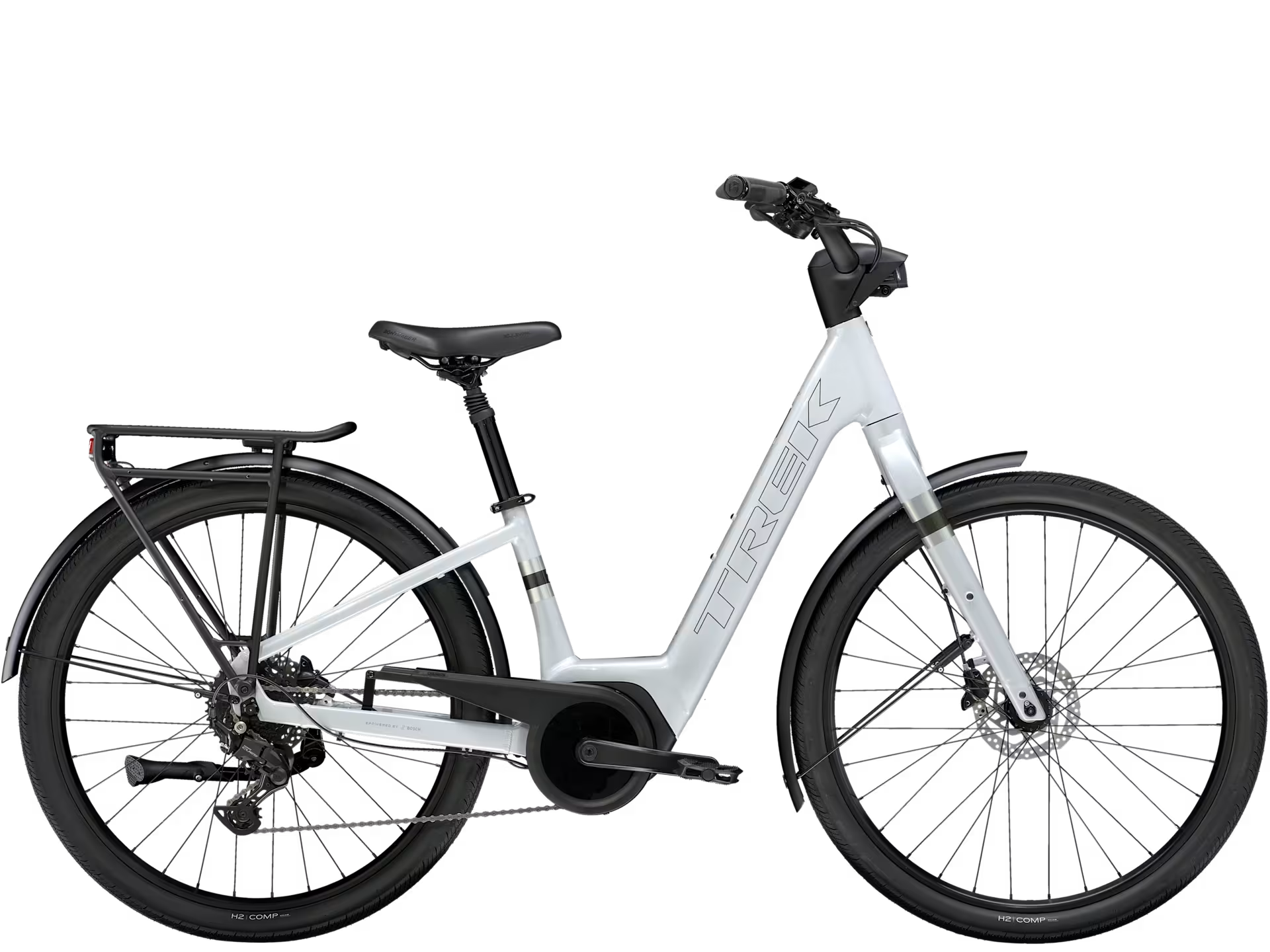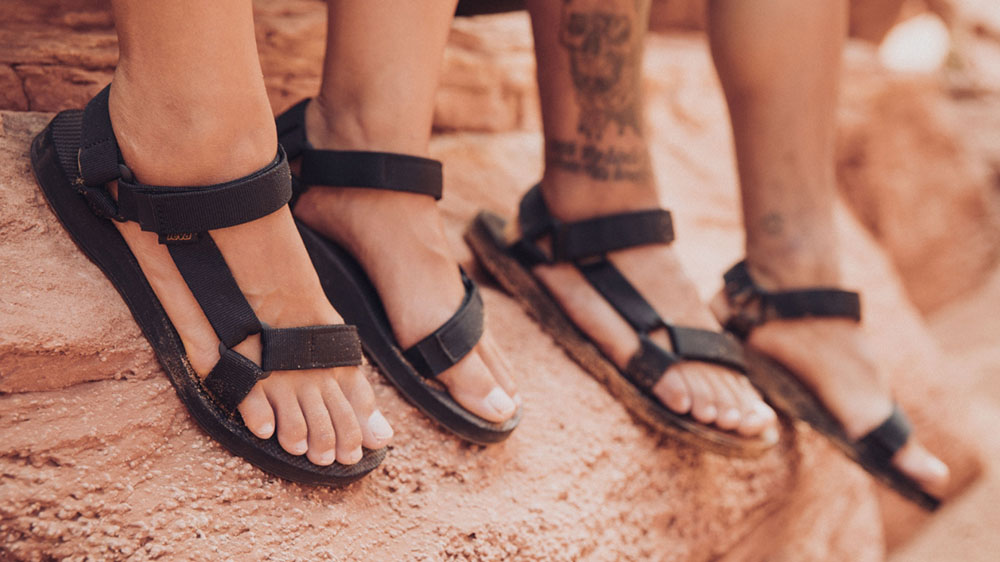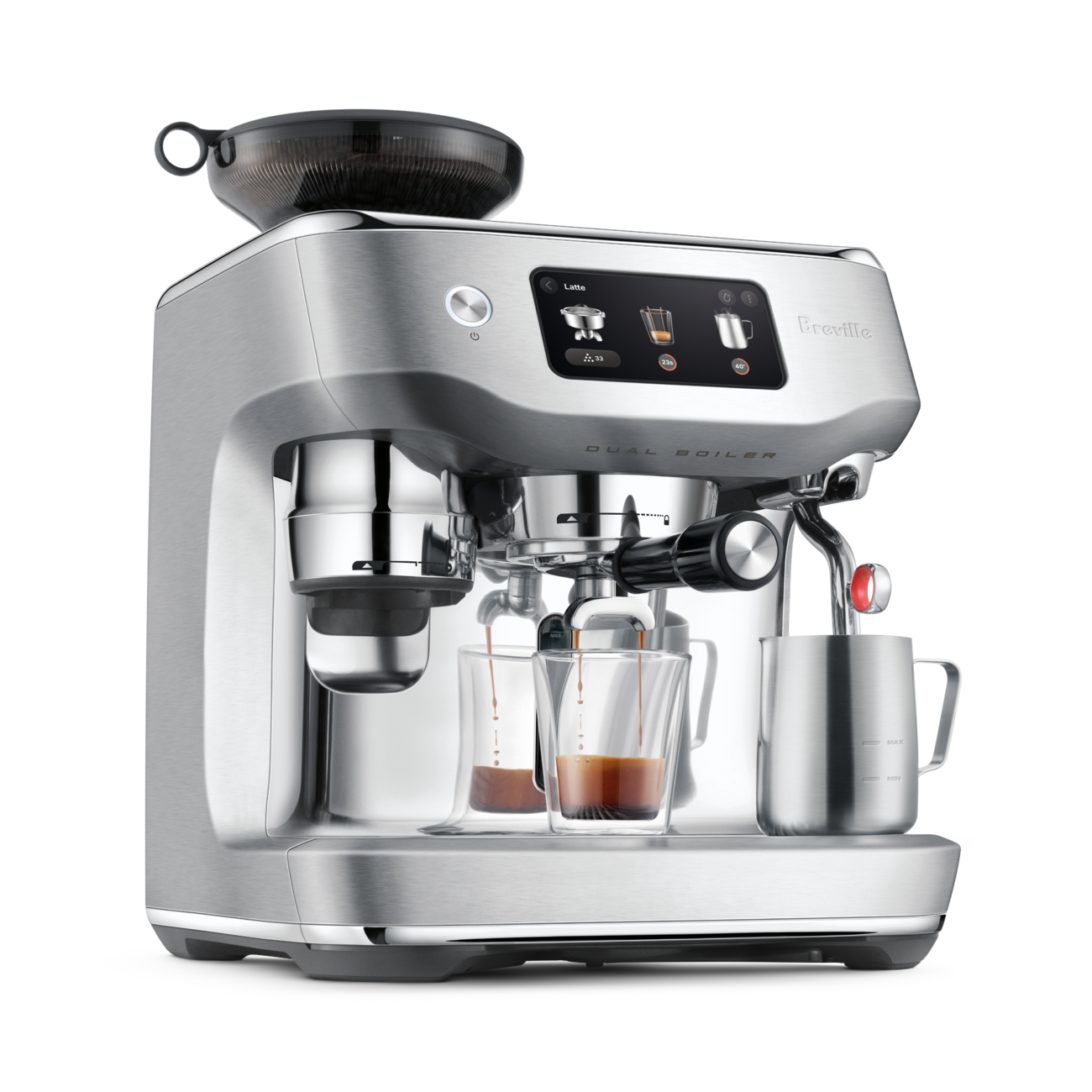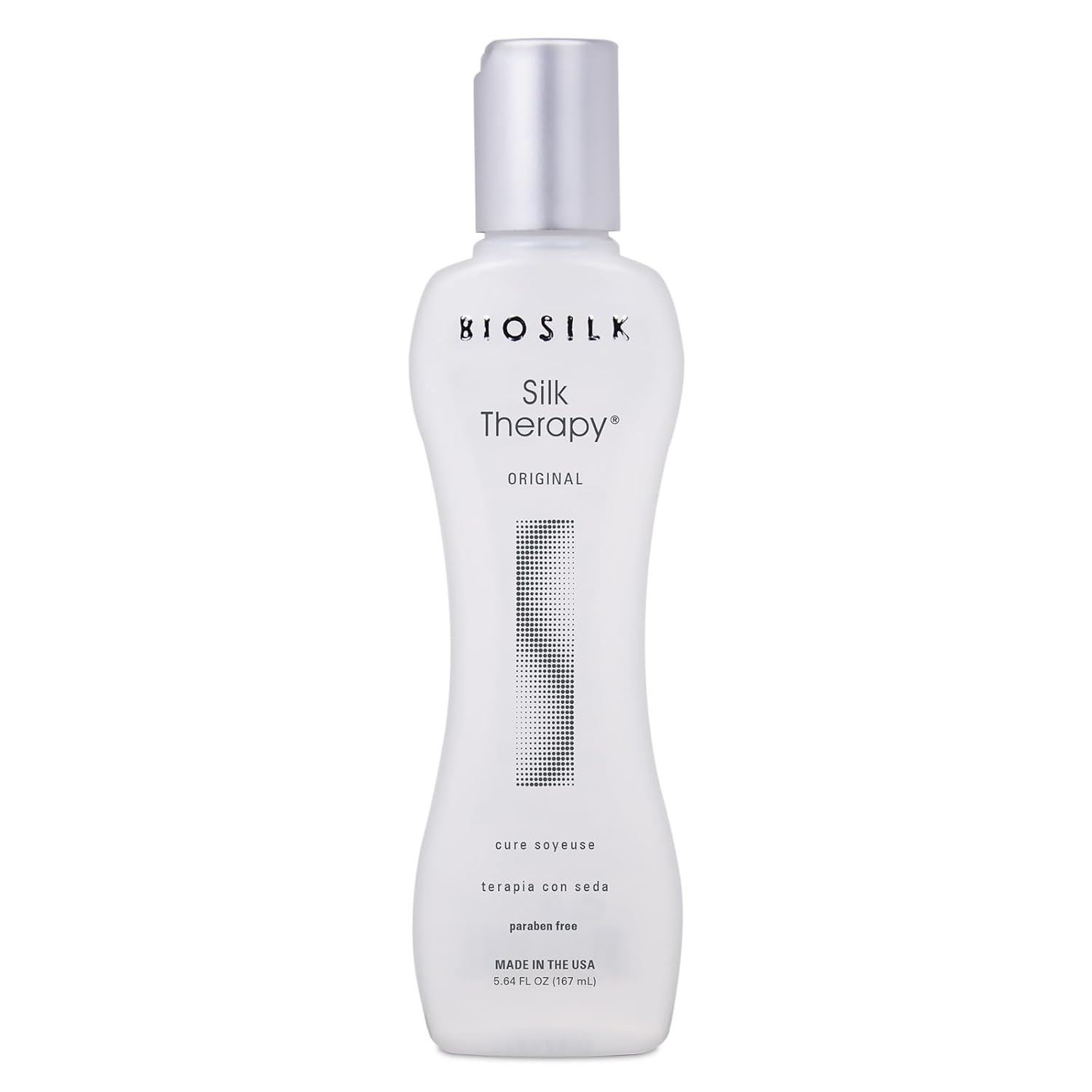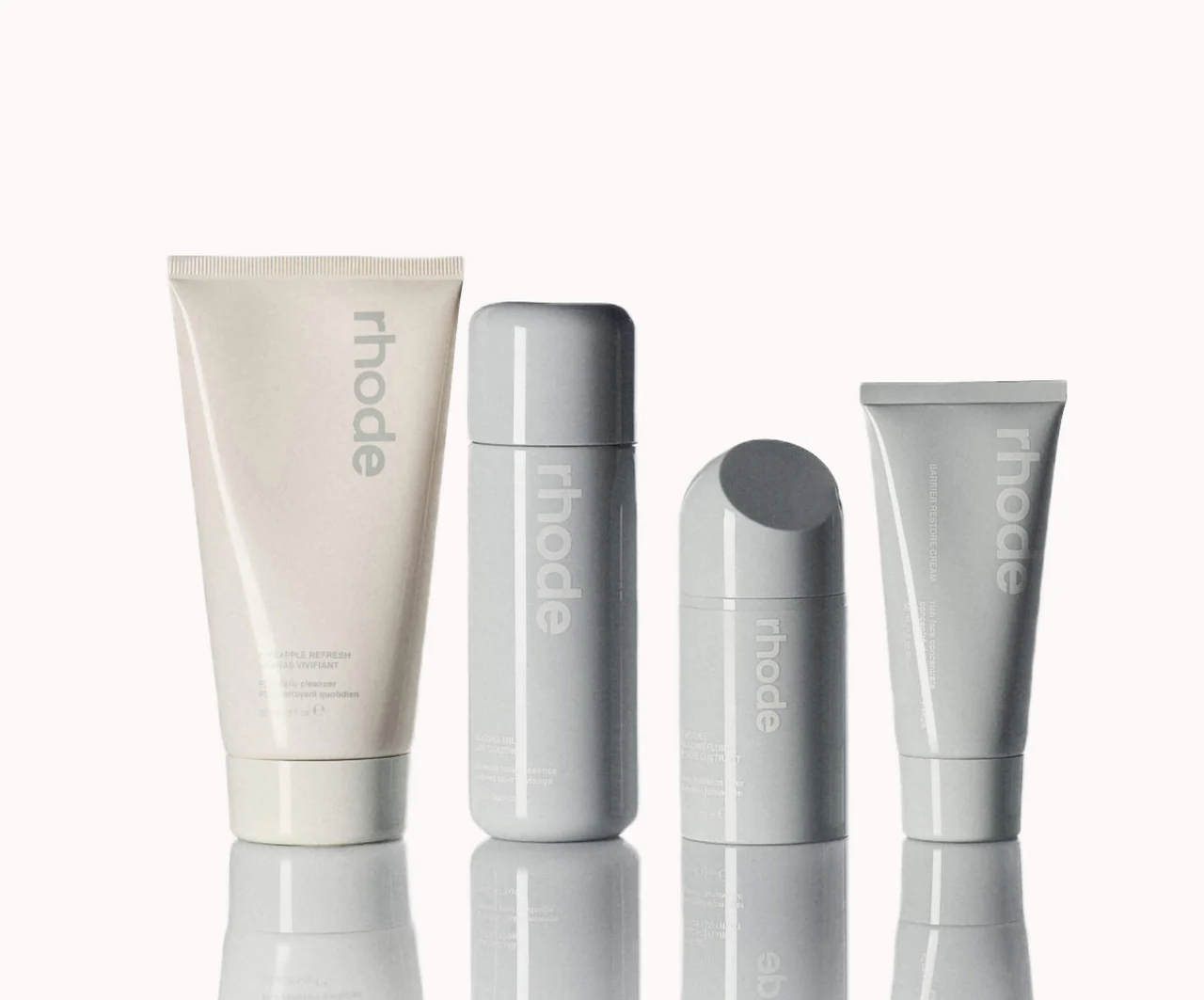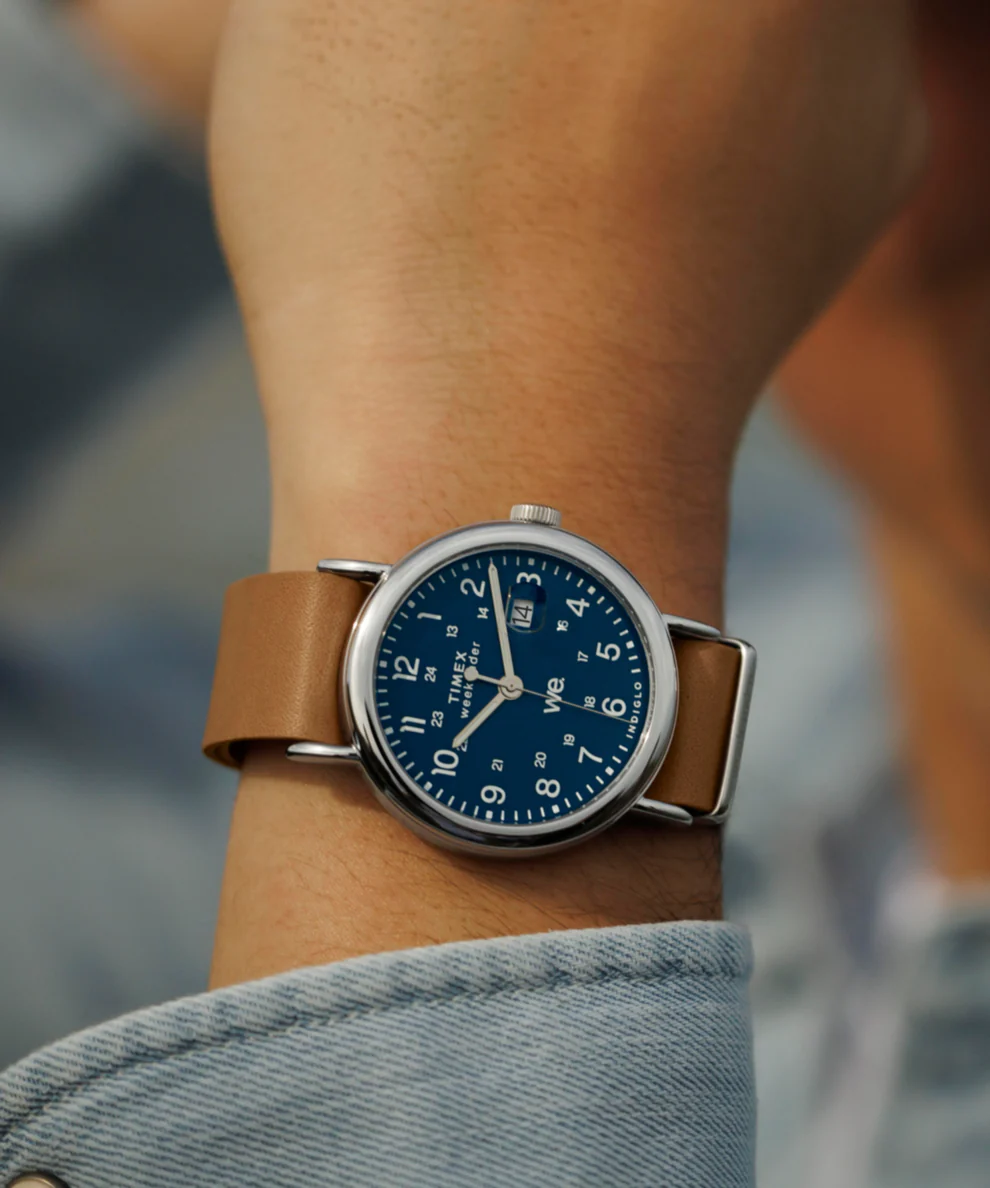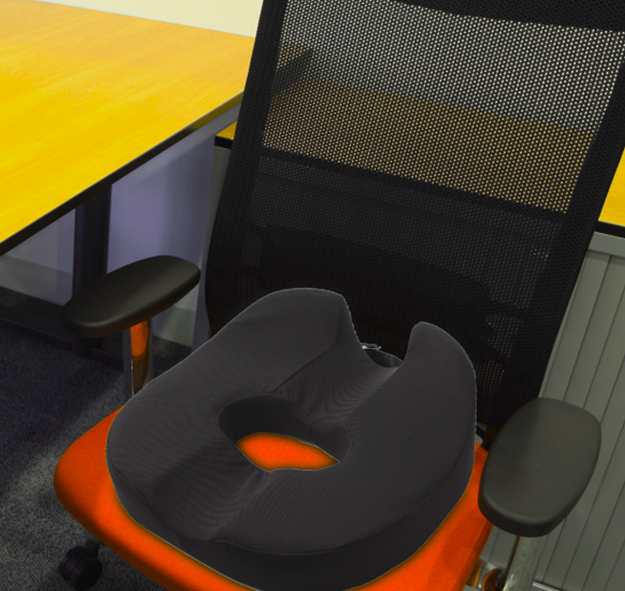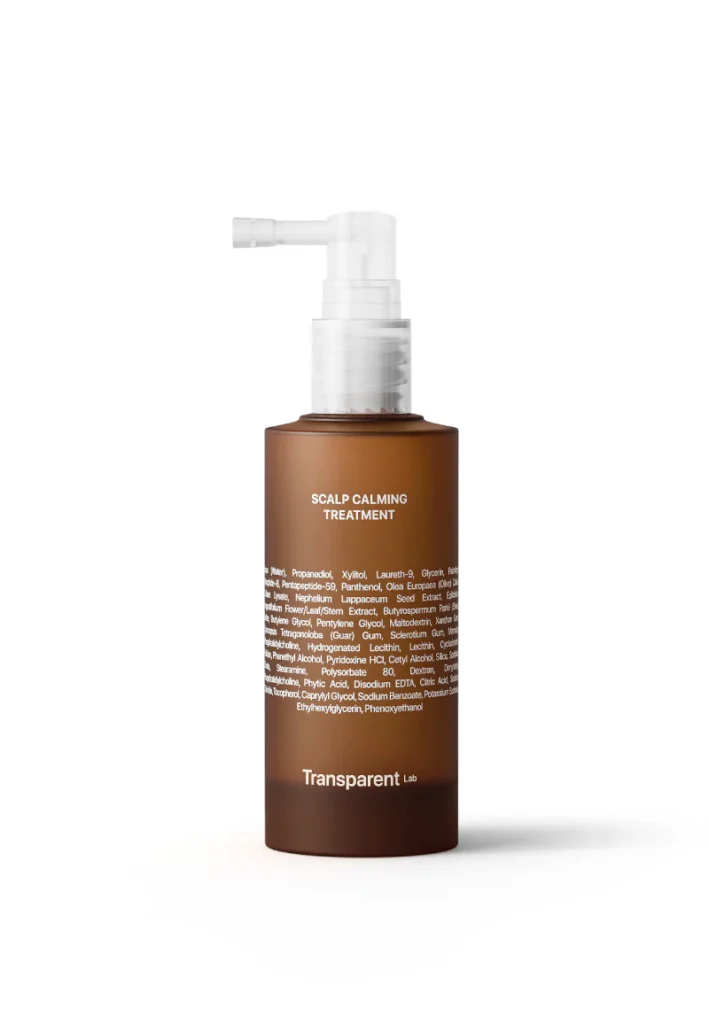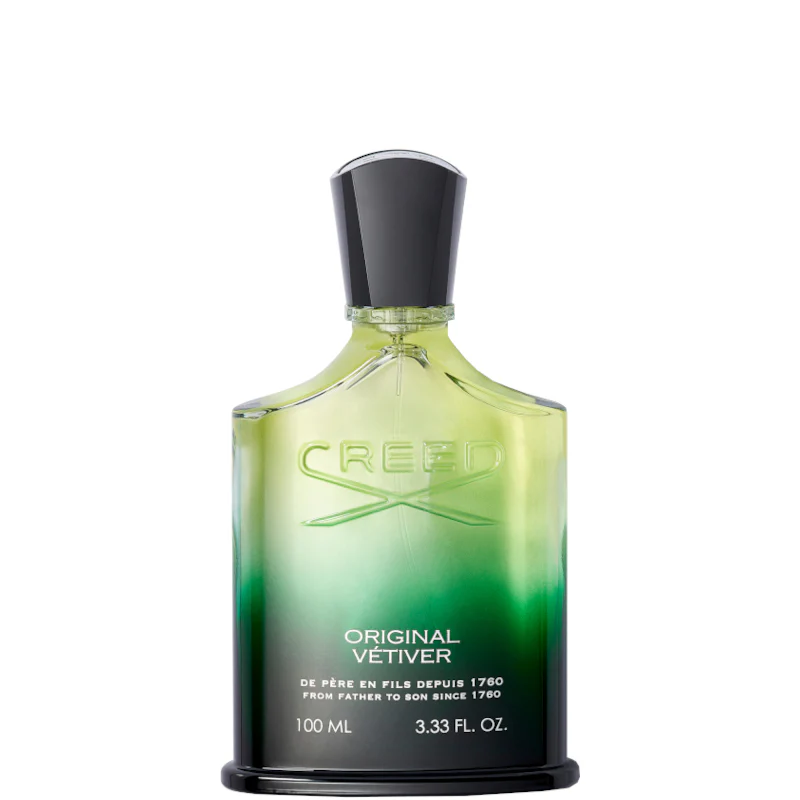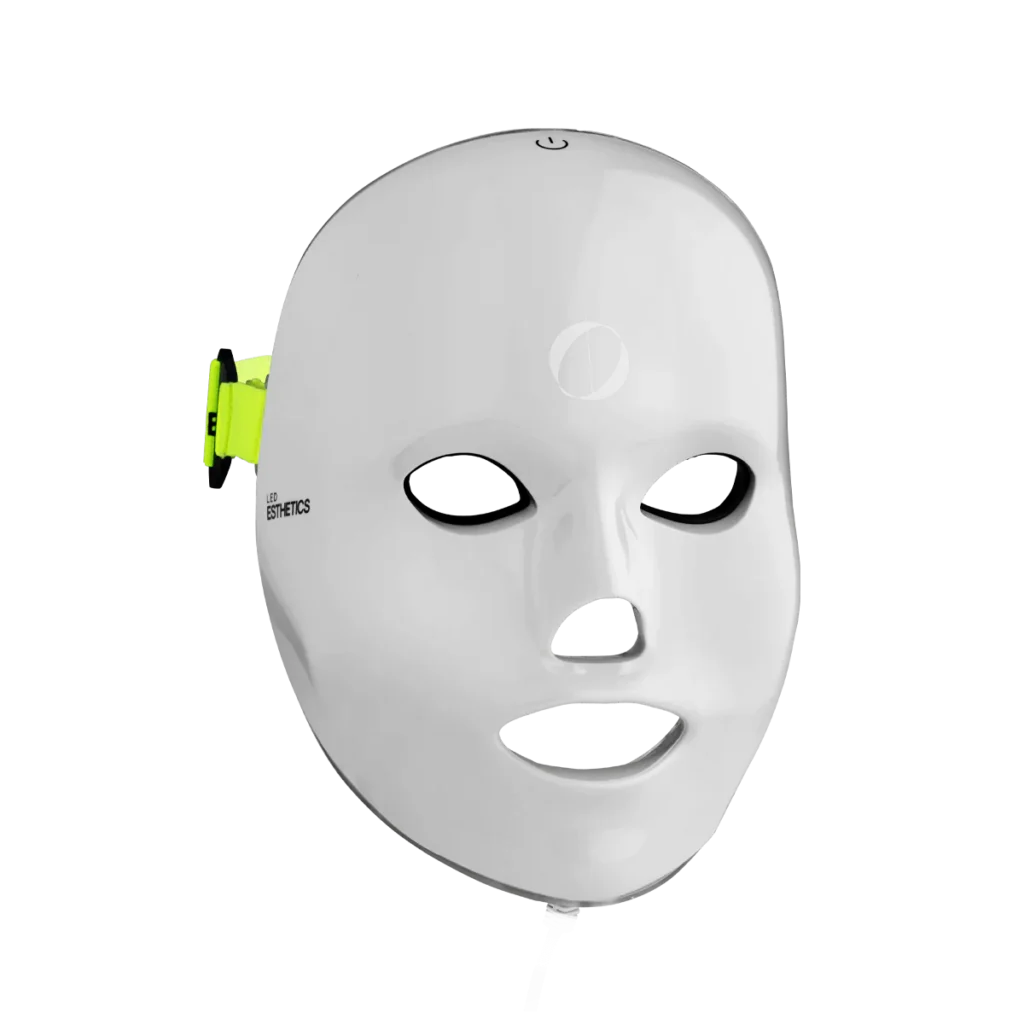If “I should bike more” lives on your to-do list, this is your nudge. Comfort and recreation bikes are the easiest way to turn short drives into fresh-air rides: coffee runs, farmers’ markets, greenway loops, sunset spins. They’re simple, stable, and built to feel good at human speeds. In this article, we’ll help you choose the right frame style and size, understand geometry (upright vs. sporty), pick gearing that matches your local terrain, and dial contact points—saddle, grips, pedals—for all-day ease. We’ll also cover accessories, safety, basic maintenance, and a 30-day habit plan that gets you cruising confidently on Trek Bikes Comfort & Recreation bikes.
Shop Trek Bikes Comfort & Recreation bikes
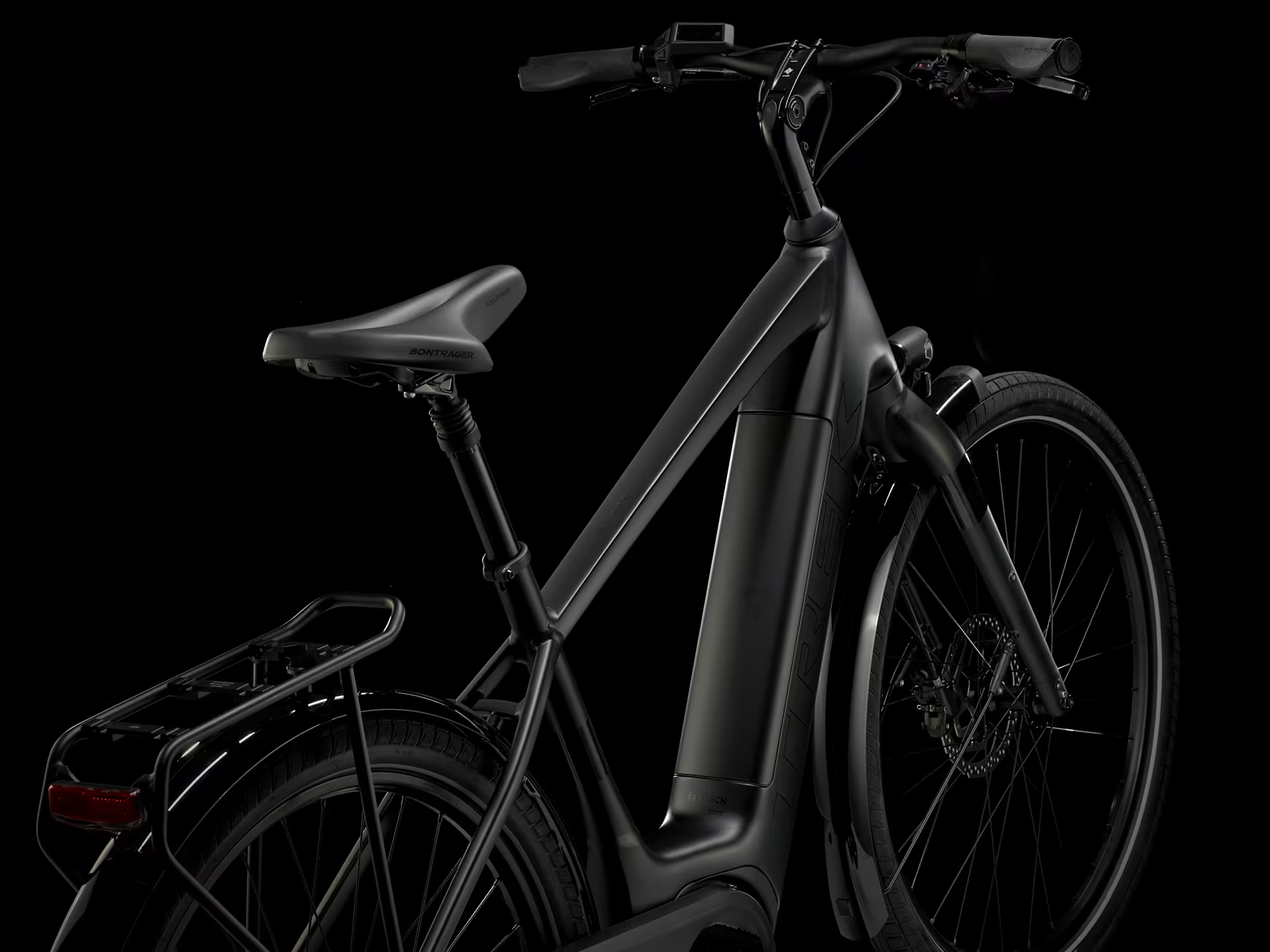
Why “Comfort & Recreation” Is the Sweet Spot
Road bikes are fast; mountain bikes are rugged. Most daily rides need neither razor-thin tires nor downhill suspension. Comfort/recreation hybrids sit in the Goldilocks zone: relaxed geometry, confidence-boosting flat bars, wider tires for stability, and mounts for racks and fenders. With Trek Bikes Comfort & Recreation bikes, you get friendly handling that invites more riding, not just weekend workouts.
Frame Style & Fit: Step-Over vs. Step-Through (and Why It Matters)
Step-through frames lower the top tube so mounting is easy in everyday clothes and when carrying bags or riding with a child seat. Step-over frames keep a traditional triangle that can be slightly lighter and stiffer. Neither is “men’s” or “women’s”; choose the one that matches your mobility, wardrobe, and comfort.
Fit basics you can feel on day one:
- Standover: With feet flat and the bike straddled, you want comfortable clearance above the top tube (step-through makes this effortless).
- Reach: Hands on grips, slight bend in elbows, shoulders relaxed. If you’re reaching or hunching, the frame may be too long; if cramped, too short.
- Saddle height: At the bottom of the pedal stroke, your knee should be softly bent—no rocking hips.
Most Trek Bikes Comfort & Recreation bikes offer multiple sizes per model. If between sizes, shorter riders usually prefer the smaller (more confidence at stops), taller riders the larger (more leg extension).
Shop Trek Bikes Comfort & Recreation bikes
Upright = Relaxed, Not Slow
Comfort hybrids use a taller head tube and shorter top tube to bring bars closer and higher. You sit more upright, which reduces neck and wrist strain and widens your field of view in traffic. Fork rake and wheelbase are tuned for stability, so the bike tracks straight even when you glance at a skyline or pelican crossing. On Trek Bikes Comfort & Recreation bikes, that translates to “point and go” handling that welcomes new or returning riders.
Tire Width & Pressure: Your Magic Carpet Setting
Wider tires (think 40–50 mm on 700c wheels) are the quiet heroes of comfort. At modest pressures, they soak up chatter from cracked pavement and boardwalk seams. Rule of thumb: the more you value plushness over speed, the wider the tire and the lower the pressure within the recommended range. Pair with simple suspension (seatpost or fork, if equipped) and you’ll float through chipseal and park paths.
Gearing: Match Your Hills, Not Someone Else’s
U.S. neighborhoods vary wildly. Beach towns are pancakes; hill cities are staircases. Look for:
- 1× drivetrains (single front chainring): Simple shifting, fewer decisions, wide cassettes for climbs.
- 2× drivetrains: Closer gear steps for cadence purists.
- Internal hubs (on some models): Ultra-low maintenance and clean chainlines.
If your local loop includes punchy climbs, choose a cassette with a large low gear (e.g., 40–50t largest cog) and, if available, smaller chainring up front. On Trek Bikes Comfort & Recreation bikes, you’ll find friendly gear ranges that keep you pedaling smoothly without grinding.
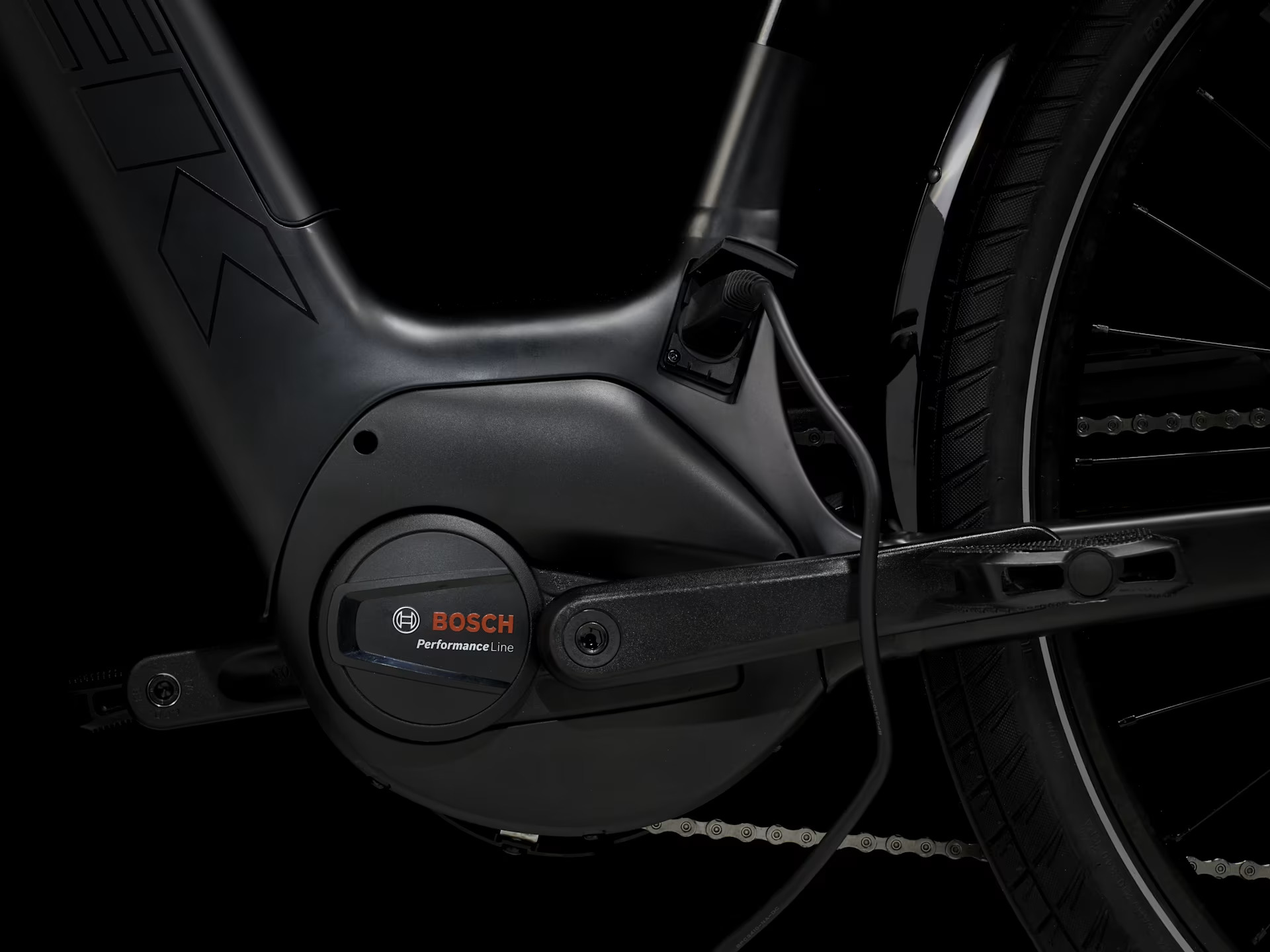
Contact Points: Saddle, Grips, Pedals (Comfort You Can Dial)
- Saddles: Wider isn’t always better—shape matters. Start level, micro-tilt by 1–2° if needed. Padded saddles feel great at first; supportive ones feel great forever.
- Grips: Ergonomic grips spread pressure across the palm and calm numb hands.
- Pedals: Flat pedals with grippy pins let you wear sneakers; consider wide platforms for stability.
If something tingles or pinches after 15 minutes, adjust it now. Tiny micro-tweaks turn “I should ride more” into “I get to ride more” on Trek Bikes Comfort & Recreation bikes.
Shop Trek Bikes Comfort & Recreation bikes
Stopping Power: Why Disc Brakes Are Your Friend
Mechanical or hydraulic disc brakes offer predictable stopping in rain, sand-dusted paths, or after a splash through a puddle. Hydraulics stay light and consistent at the lever; mechanicals are simple and durable. Either way, discs + wider tires = confident control.
Accessorize for Real Life (U-Lock to Bell)
A few add-ons transform a good bike into your everyday vehicle:
- Bell: Courteous and effective on multi-use paths.
- Fenders: Keep road spray off shoes and back—huge quality-of-life boost.
- Rack + Panniers/Basket: Move groceries, laptops, and picnic gear without a backpack sweat patch.
- Lights (front + rear): Daytime running lights help cars see you; rechargeable USB keeps it painless.
- Kickstand: So obvious, so useful.
- Bottle cage: Hydration turns “quick spin” into “let’s keep going.”
Most Trek Bikes Comfort & Recreation bikes include mounting points, so adding these is clean and sturdy.
E-Assist? The Case for Gentle Power
If hills, heat, or time crunches keep you off the bike, consider an e-assist comfort model. Class-1 pedal assist quietly multiplies your effort up to 20 mph without throttle. You still pedal, still get fresh air, and arrive less sweaty. Range covers most errands and joy rides; recharge while you unwind. Many riders find e-assist turns “maybe” into “definitely” riding—exactly the mission of Trek Bikes Comfort & Recreation bikes.
Shop Trek Bikes Comfort & Recreation bikes
Safety Made Simple: Visibility & Road Etiquette
- Ride predictably, signal early, and make eye contact at intersections.
- Use lights day and night; add a reflective ankle band (the moving reflection catches attention).
- On shared paths, keep right, pass left, announce with your bell, and slow for kids and pets.
- Helmets: modern, well-vented, and low-profile; replace after any impact or every 5–7 years.
One Hybrid Block (Bullets + Guidance): Your 10-Minute Bike Fit
- Saddle height: Heel on pedal, leg straight at bottom; then ride with ball of foot—knee slightly bent.
- Saddle fore-aft: Kneecap roughly above pedal axle when crank is level; tiny shifts change comfort a lot.
- Handlebar height: Start level with or slightly above the saddle for an upright posture; raise if your neck/backs complain.
- Lever angle: Set so wrists are straight when you’re holding the grips.
- Tire pressure: Start mid-range on sidewall; drop a few PSI for comfort (never below the minimum).
- Reach check: You should see a gentle bend in elbows; if locked straight, consider a shorter stem or sliding saddle forward slightly.
Dial this in once and Trek Bikes Comfort & Recreation bikes will feel like they were built for you.
Basic Maintenance: Five Habits for a Quiet, Happy Bike
- Pump tires weekly. Low pressure = pinch flats and sluggish feel.
- Lube chain monthly (or after rain). Wipe off excess; gritty chains wear fast.
- Bolt check. Every few weeks, confirm rack, fender, and stem bolts are snug.
- Brake feel. If levers pull too close to the bar or rub, stop by a shop.
- Annual tune. Cables stretch, pads wear, wheels true—an hour with a mechanic keeps magic in the ride.
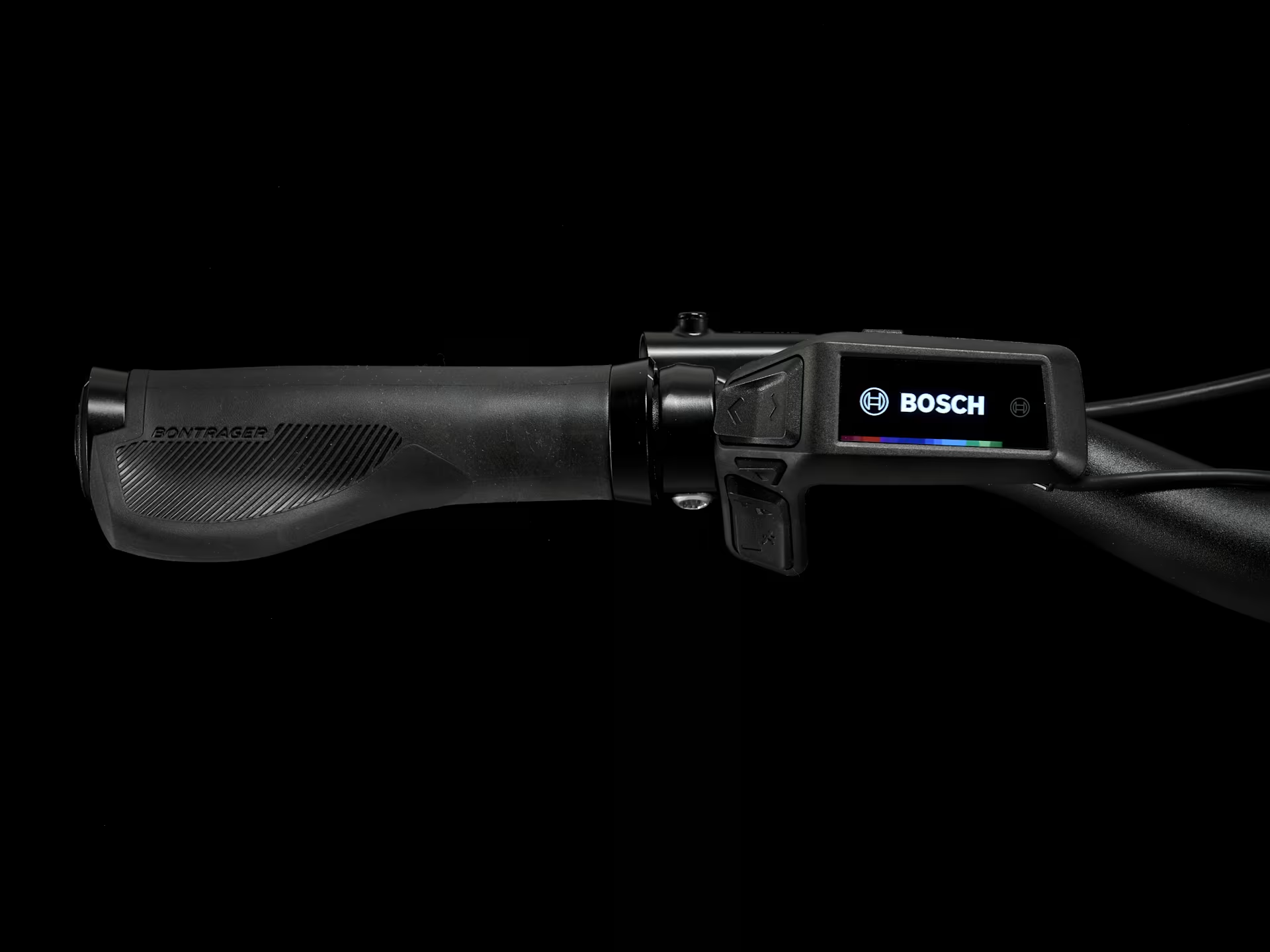
Route Ideas in the U.S.: Make Riding a Habit You Love
- Greenway loops: Car-free miles through parks—perfect for conversational pace.
- Errand triangles: Home → grocery → coffee → home. Add a pannier and skip parking.
- Sunset laps: 20–30 minutes around your neighborhood; stack streaks, not hero rides.
- “Ride to the ride” commute: Park a few miles from work, cycle the last leg—saves garage fees, adds joy.
Set a recurring calendar block—same time, same day—and your bike becomes part of your week, like your favorite playlist. That’s the spirit of Trek Bikes Comfort & Recreation bikes.
30-Day Ride Plan (Tiny Steps → Big Momentum)
- Week 1: Two 20-minute rides to learn the neighborhood and adjust fit.
- Week 2: Add a grocery or coffee run with a rack/basket.
- Week 3: Explore a local trail or greenway; invite a friend.
- Week 4: Pick a “longish” weekend loop (60–90 minutes) with a snack stop.
By day 30, you’ll have routes you love, a bike that fits, and a habit that sticks.
Shop Trek Bikes Comfort & Recreation bikes
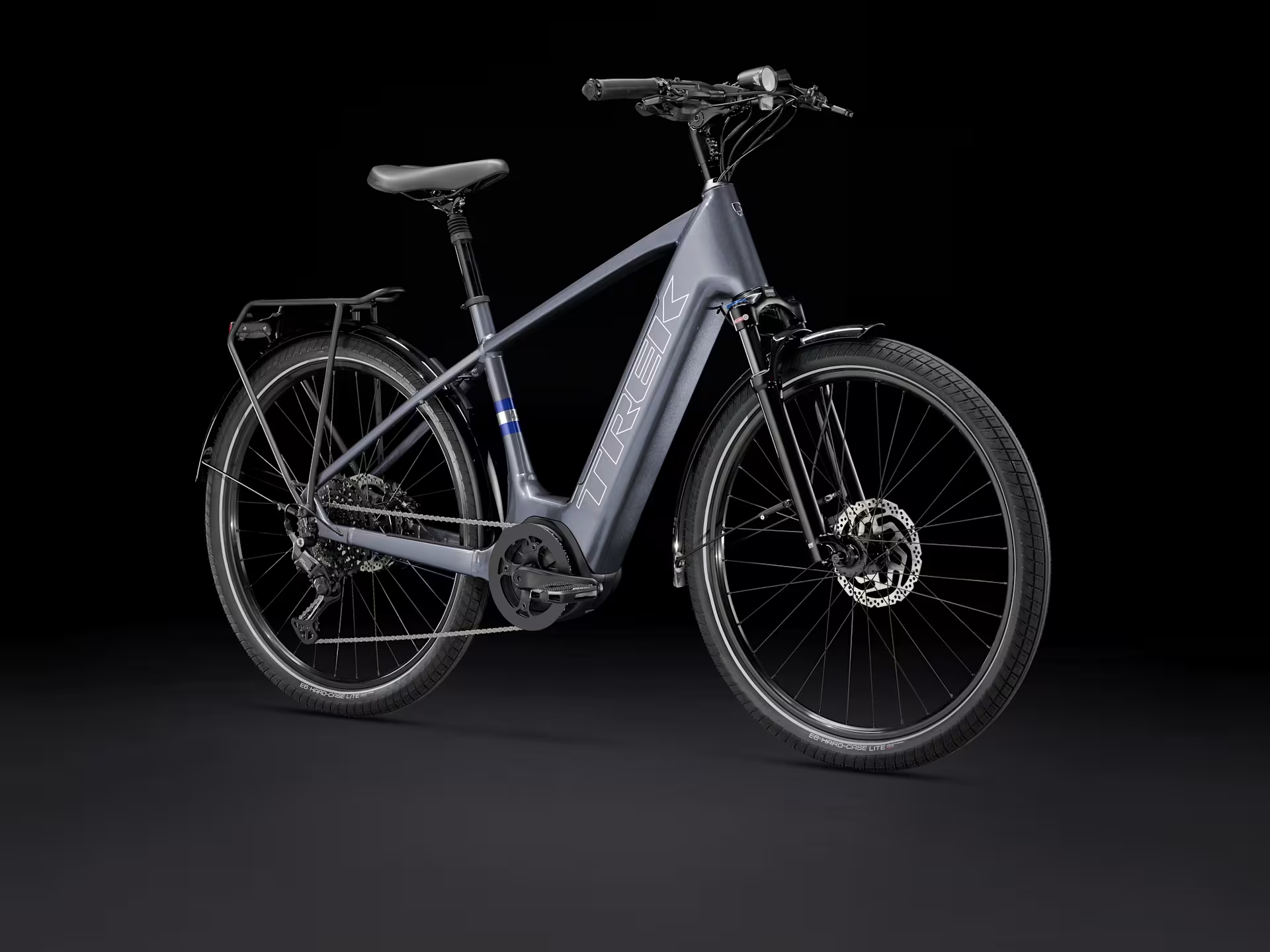
Troubleshooting: Fast Fixes to Common Pain Points
- Numb hands: Raise bars slightly, add ergonomic grips, shake out hands every few minutes.
- Sore knees: Saddle likely too low; raise 3–5 mm and test again.
- Back/neck tightness: Shorten reach (shorter stem), raise bars, or both.
- Rear-end discomfort: Try small saddle angle tweaks; if still off, demo a different saddle shape.
- Skittish cornering: Lower tire pressure a touch; keep eyes through the turn and relax your grip.
Conclusion
A comfortable bike is a life-upgrade disguised as a toy. Choose a frame you can step onto easily, tires that float over rough pavement, gearing that respects your hills, and contact points that feel like your favorite chair. Add practical accessories, keep a simple maintenance rhythm, and give yourself a month to build momentum. With Trek Bikes Comfort & Recreation bikes, riding stops being a “should” and becomes the easiest, happiest part of your day—fresh air, easy speed, and errands that feel like little adventures.
Shop Trek Bikes Comfort & Recreation bikes
FAQ
- What’s the difference between a comfort bike and a fitness hybrid?
Comfort bikes prioritize upright posture and plush tires; fitness hybrids run a bit sportier with longer reach and narrower tires for speed. - How do I choose between step-through and step-over?
Pick what’s easiest to mount in your daily clothes. Step-through suits stop-and-go errands and child seats; step-over offers a classic triangle feel. - Can I ride gravel or packed dirt paths?
Yes—wider tires on Trek Bikes Comfort & Recreation bikes handle parks and rail-trails well. For rougher gravel, consider treaded tires. - Do I need suspension?
Not required. Wider tires at sensible pressures absorb a lot. If your roads are bumpy or you like plush, a suspension seatpost or fork can add comfort. - What gear range should I look for in a hilly area?
Choose a wide-range cassette (e.g., up to 40–50t) and, if available, a smaller front chainring. Simpler 1× drivetrains are great for easy shifting. - Are disc brakes worth it for casual rides?
Yes—consistent stopping in rain or dust is a big confidence boost and helps protect rims and hands. - What accessories should I buy first?
Lights, bell, lock, and a rear rack with panniers or basket. Fenders if you’ll ride in wet streets. - How often should I service the bike?
Pump tires weekly, lube chain monthly, and get a pro tune annually (or sooner if shifting/brakes feel off). - Is an e-assist model “cheating”?
Not at all—it’s still you pedaling, just more. E-assist removes barriers like hills and time; many riders end up riding farther and more often.


